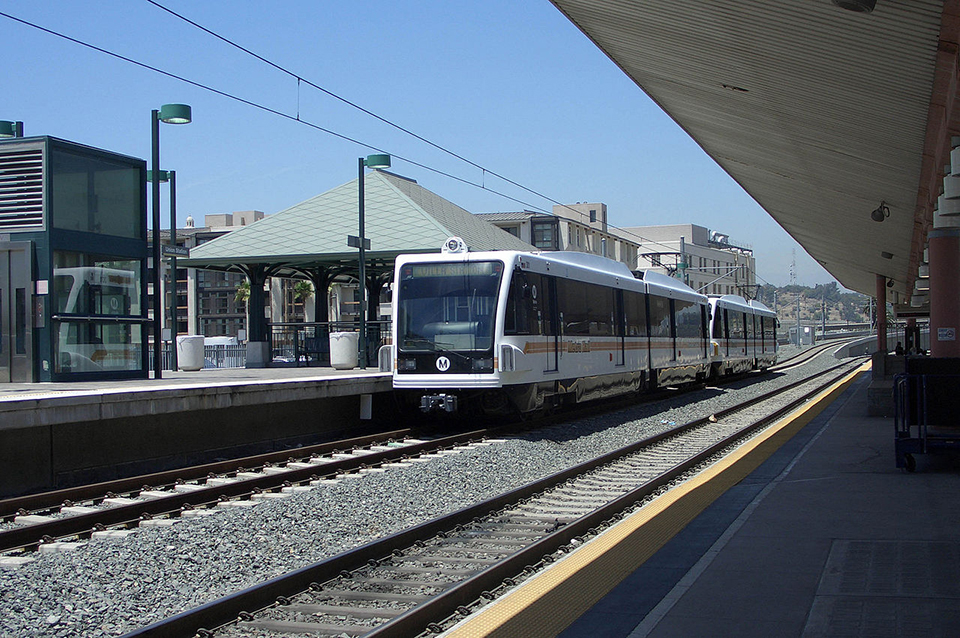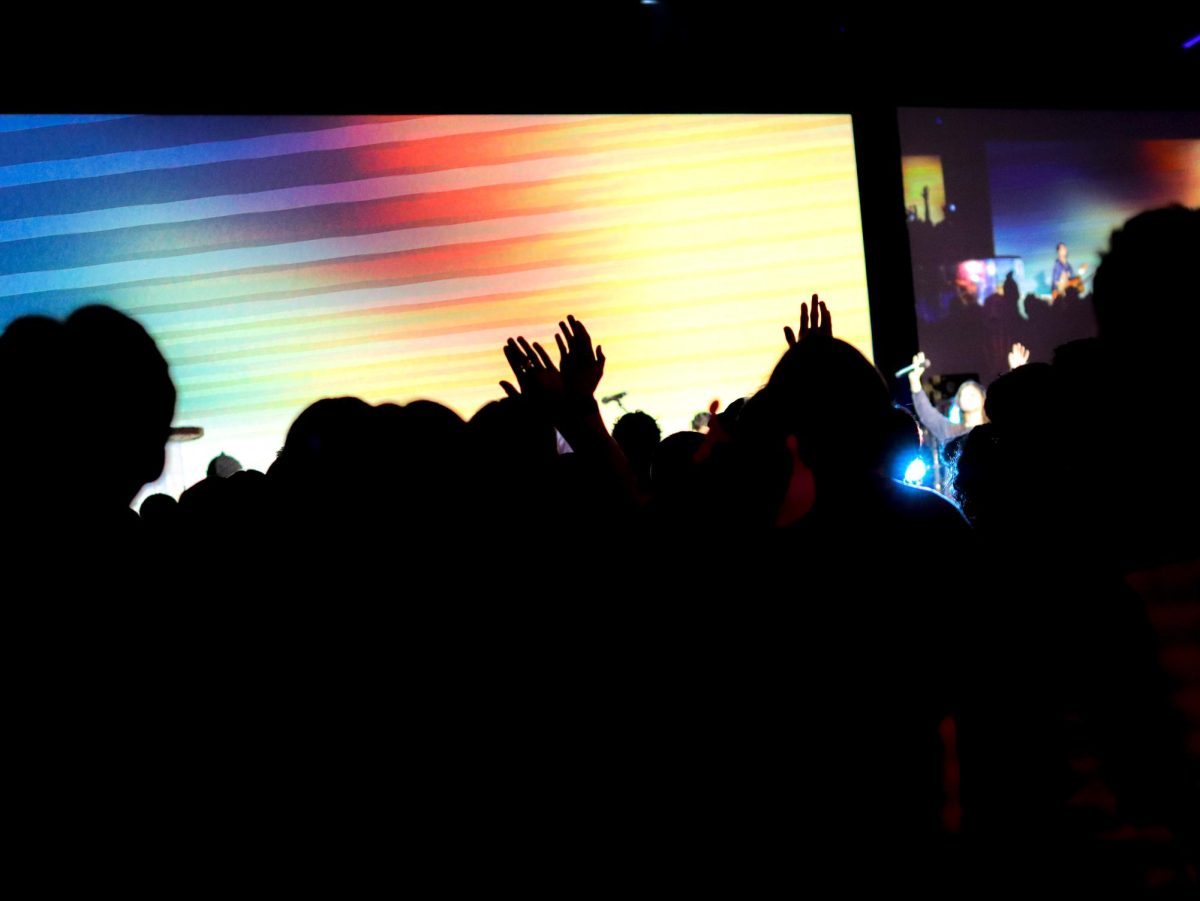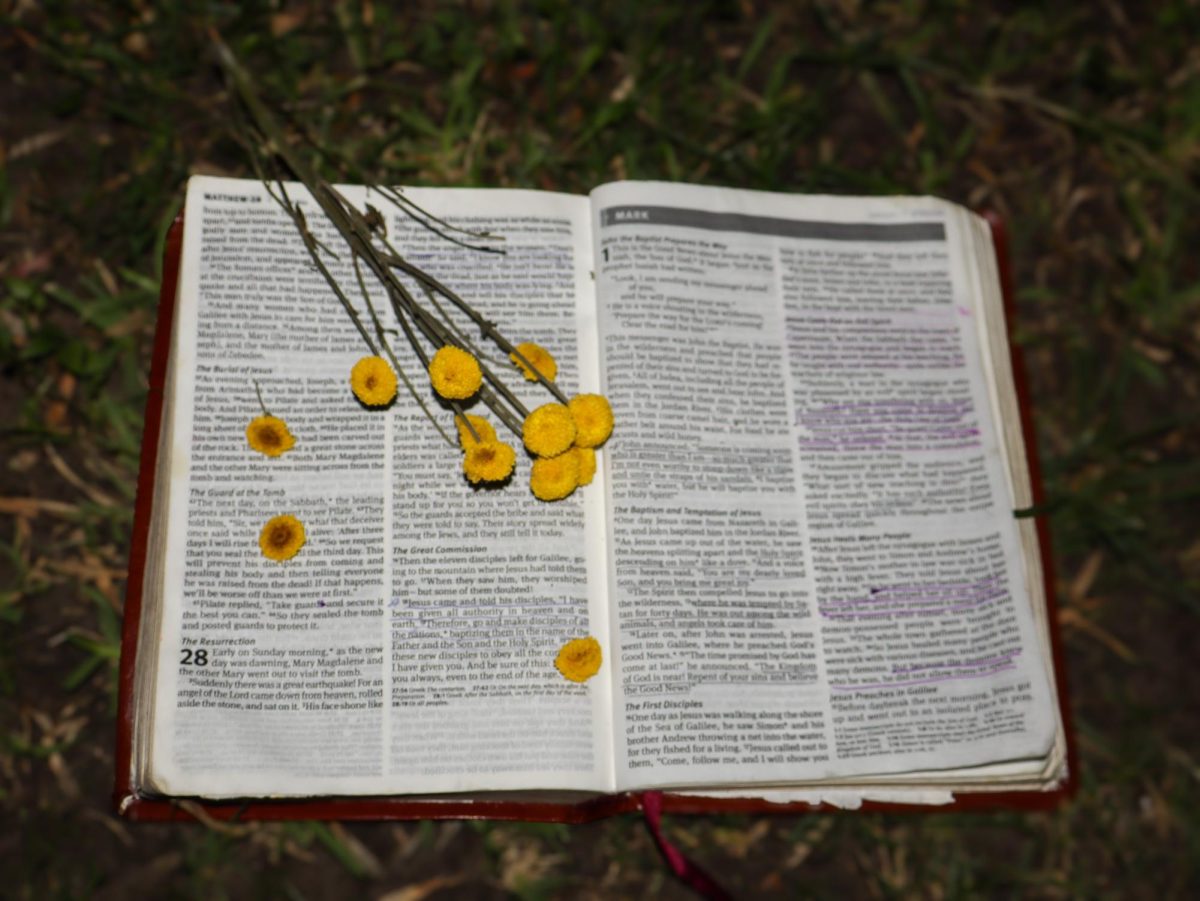When voters go to the poll on Nov. 8, 2016, residents in Los Angeles county will vote on more than just the national presidency. They will vote whether or not to enact Measure M, the last part of Metro’s Long Range Transportation Plan that will help mitigate Los Angeles’s traffic and environmental crises.
Traffic Improvements and Repairs
Measure M is a the final part of Metro LRTP the public will decide on. This measure will help improve freeway traffic flow and safety, repair potholes and sidewalks, repave local streets and earthquake-retrofit bridges, synchronize signals, keep senior, disabled and student fares affordable, expand rail, subway and bus systems, improve job, school and airport connections, and create jobs, according to Metro. For all of these components to happen, voters will decide on a 0.5 percent sales tax increase. This increase, on top of the existing 0.5 percent sales tax increase for traffic relief, will help fund all of these proposals. Measure M will generate approximately $860 million a year, create 465,690 jobs and take 40 years to complete.
This plan was created to combat the city’s growing population rate. In 2012, the United States Census Bureau found that the Los Angeles-Long Beach-Anaheim area is the most densely populated urban area in the U.S. The Bureau reported there were 7,000 people per square mile in 2012. By 2025, the Public Policy Institute of California projects the Los Angeles County residency population will rise to 11.5 million.
Deadly Air Quality
This population growth affects the traffic patterns of Los Angeles and how many people are on the road. The Department of Transportation reported in 2012 that 72.2 percent of all people in Los Angeles County commute to work by car, while 7.1 percent commute by public transportation. This affects the traffic patterns within the county. In 2015, Angelenos spent an average of 81 hours in traffic in 2015, the worst of any city in the U.S.
The wide use of cars as transportation affects the environment in Los Angeles. This past summer, the air quality in the Los Angeles-Long Beach area was deadly, according to one study. The California Environmental Protection Agency reported that, out of the 92 days in June, July and August, 80 of those days had air levels that exceeded the national 8-hour standard of ozone levels in the air within the South Coast air basin.
These facts are why Measure M is so important to Los Angeles. A mere 0.5 cent increase in sales tax could vastly expand the light rail and bus system, as well as alleviate growing traffic problems. The vote on Nov. 8 is so much deeper than taxpayer dollars and numbers. It is working towards a better environmental future within Los Angeles. It is evident Angelenos prefer cars over public transportation because the public transportation system in place is not sufficient for a county comprised of 88 cities.
The environmental issues within Los Angeles are grim from an outsider’s perspective. People are dying from the lack of good air quality. People are wasting their time in traffic. Measure M will hopefully fix these issues and restore the long-lost good environmental state of Southern California.







